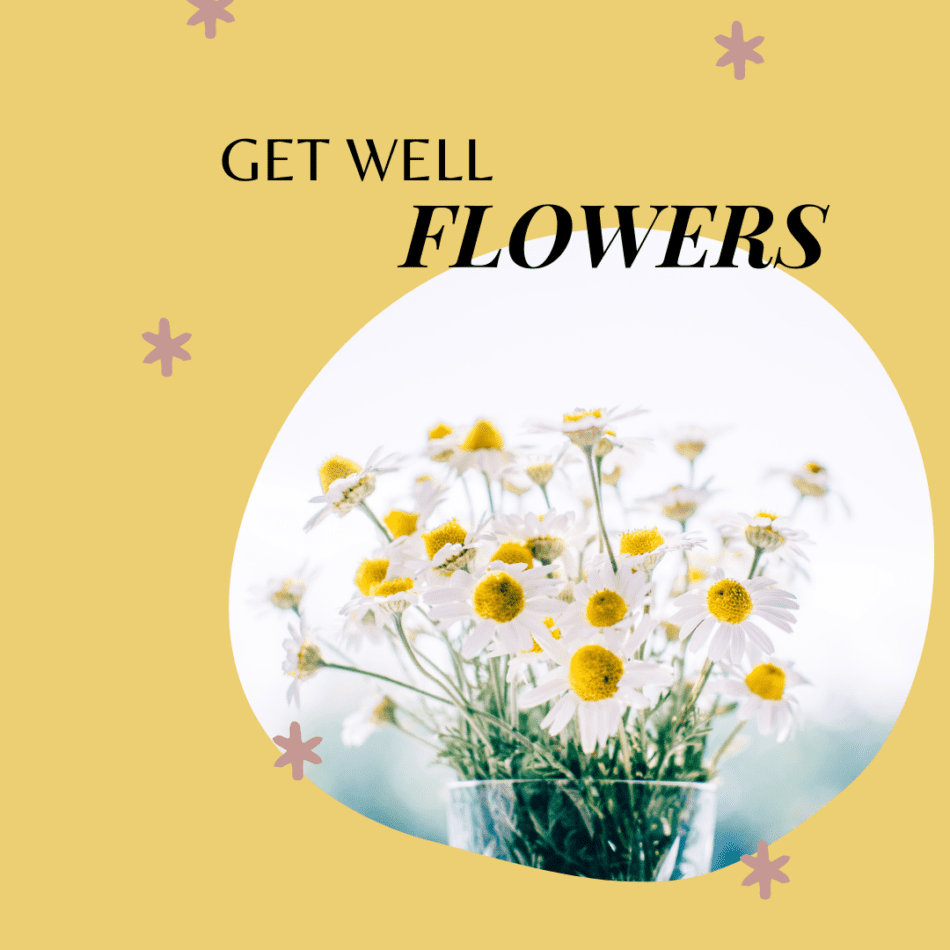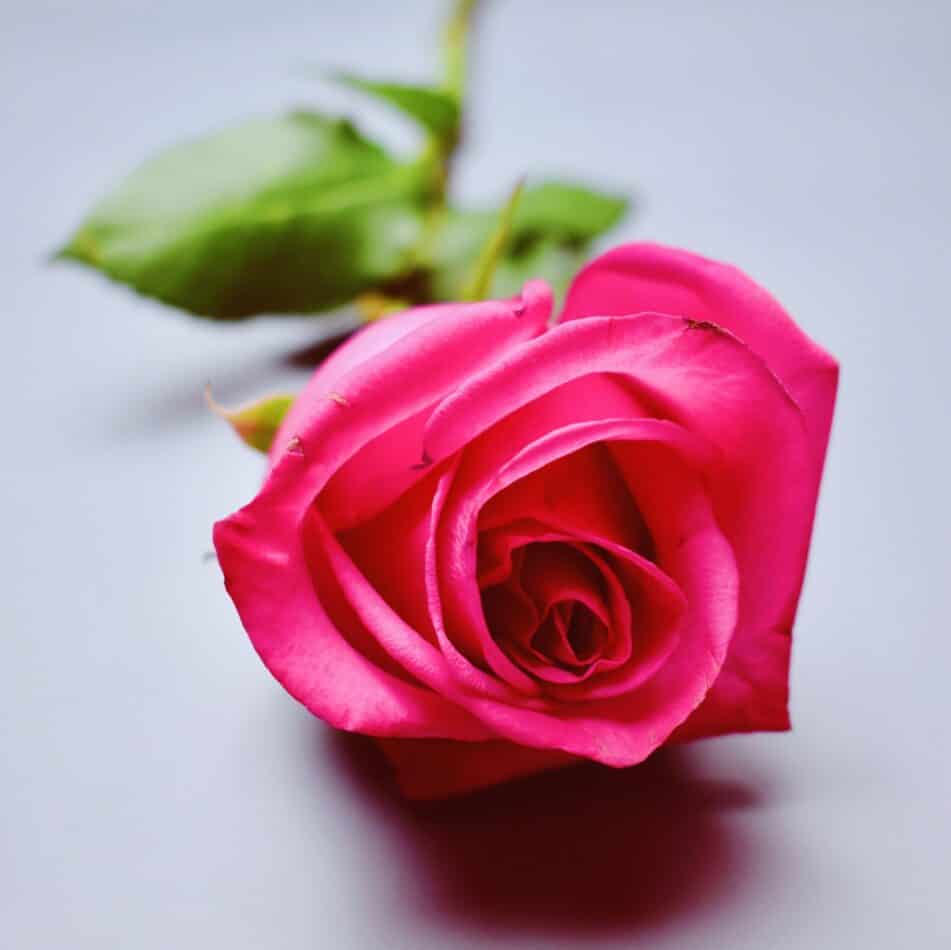The Great Blanket Flower belongs to the daisy family, the Asteraceae. It is a species of the Gaillardia genus, called Gaillardia aristata, that offers year-round color in a flower bed or meadow. The genus name, Gaillardia, honors one of the 18th-century French botanists, Dr. Gaillard de Charentonneau. Additionally, the species name of this flower, aristata, comes from the Latin “arista” meaning “awn” and “a” meaning “not”, thus referring to the flower’s lack of awns, making it a smooth-margined flower.
How to Plant
The Great Blanket Flower is ideal for sunny or partially sunny locations in the garden and should be grown in well-drained soils. It is a perennial and will return year after year from the same root system. It is best to spread a light fertilizer in the garden prior to planting. When planting, dig a hole for the plant that is slightly larger than the root ball and add a bit of organic matter such as compost or manure to the soil. Set the plant into the hole and fill the hole with soil then press on the soil to ensure good contact between the roots and the garden soil. Water deeply after planting. The Great Blanket Flower prefers full sun to light shade, but too much shade may reduce flowering.
Meaning and Symbolism
The Great Blanket Flower has captivating bold colors and large flower heads, making them popular with gardeners. This flower is a popular symbol of perseverance, prosperity, and fortune. Its daisy-like blooms remind us of the beauty of nature that can be found in our own gardens.
History, Mythology, and Religious Significance
The Great Blanket Flower is native to North America and has been used by Native American tribes to relieve rheumatism and promote healing. In Europe, it has been used as herbal medicine to treat numerous health issues.
The Great Blanket Flower has been known as a symbol of friendship and romance in many cultures and has been celebrated in rituals and festivals by ancient peoples. Furthermore, among the Aztecs, it was used in marriage ceremonies as a symbol of a loving bond. This flower has been a popular symbol in Christianity, especially during Easter celebrations, to express hope and renewal in people’s lives.
Flower Varieties and Their Defining Characteristics
The Great Blanket Flower comes in a variety of species, all with their own unique characteristics. The two most common species are Gaillardia aristata and Gaillardia pulchella.
Gaillardia aristata is a common species often referred to as the Great Blanket Flower that features yellow and red bloom combinations. Its petals are thin and can easily be damaged by wind, cold, or drying out. It is a perennial that grows to a height of 12-18 inches.
Gaillardia pulchella, or the Firewheel plant, is an annual with larger blooms than aristata. They are characterized by bright red, yellow and brown petals, giving them the look of a spinning wheel, hence the common name. It grows to a height of 12-36 inches.
How to Pot and Repot
Pots should be chosen according to the size of the Great Blanket Flower, since a smaller pot can induce root damage. Always choose a pot with a lot of drainage holes for optimal root health. The potting soil should be light and well-draining, with a neutral pH level. Water should be added to the potting soil before planting the seed or cutting into the pot. The planting depth should be a few inches below the top of the pot. To repot, take care to protect the roots and do not damage them while repotting or transferring to a different pot.
How to Prune
Pruning the Great Blanket Flower plants can be done once or twice a year, during the spring before the new growth starts. Regular pruning can maintain its shape, stimulate new growth, and even prevent the plant from getting too unruly. Pruning is best done in the award-flowering season, just before the buds burst open. Deadhead or pinch out any spent blooms to encourage new growth. Also, it is recommended to trim off any dead leaves and stems to avoid encouraging pests and diseases.
How to Propagate
Propagating the Great Blanket Flower is best done using simple layering. Bury a flowering stem near the base of the plant, keeping the tip of the stem above the soil. Casing the stem with soil ensures that it has close contact with the soil and can start to root. At the same time, it provides the stem with enough air to take in and transfer the new root growth. For best results, propagation should be done at the end of summer.
Common Pests and Diseases
The Great Blanket Flower is significantly affected by several common pests and diseases. They are commonly affected by aphids, which leave sticky, yellow residue on the plant’s leaves. To get rid of the aphids, try using natural solutions such as neem oil or essential oils. Similarly, this plant is prone to powdery mildew, which is a fungus that grows on the leaves, stems, and flowers. It appears as white, powdery spots on the foliage. To prevent this, ensure that there is adequate air circulation and maintain proper watering practices.
Frequently Asked Questions
Q: What is the scientific name of Gaillardia aristata?
A: Gaillardia aristata is the scientific name of the Great Blanket Flower.
Q: Is Gaillardia aristata an annual or perennial?
A: Gaillardia aristata is a perennial flower.
Q: What kind of soil does the Great Blanket Flower prefer?
A: The Great Blanket Flower prefers well-drained soils and can tolerate a wide range of soils. It performs best, however, in soil that is slightly acidic to neutral.
Table Fact Sheet
| Great Blanket Flower | Gaillardia Aristata |
|---|---|
| Family | Asteraceae |
| Plant Type | Perennial |
| Mature Size | 12-18 inches |
| Sun Exposure | Full sun to light shade |
| Soil Type | Well-drained soils |
| Soil pH | Slightly acidic to neutral |
| Bloom Time | Late Spring to Fall |
| Flower Color | Red to yellow |
| Hardiness Zones | 3 – 10 |
| Native Area | North America |
What we love from Amazon this week
Buy these wonderful flowers directly from Amazon:















